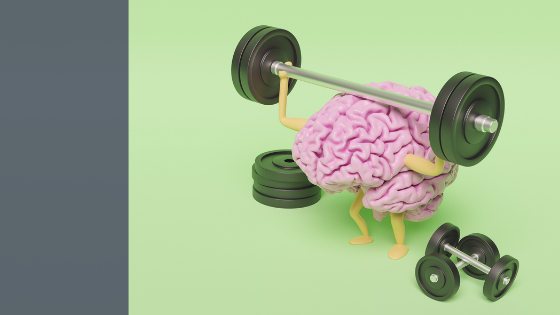If you’re like most of my students who take an ACT or SAT, your mood afterwards may depend significantly of how “hard” you thought your test was.
Right after an SAT or ACT, when I ask my students to check in with me to tell me how they “think they did,” I usually hear something along the lines of: “I don’t know…the No-Calculator Math section seemed REALLY hard…” or perhaps, “The ACT was amazing! I thought the Science and Reading passages were really easy!”
And you might think that I’d cringe sympathetically at the first viewpoint and smile at the second. After all, most of us think that when something felt easier, it must be because we’re doing better at it, right? But actually, it’s the other way around…because I have another viewpoint that I need to share with you:
1) If it was hard for YOU, it was likely harder for EVERYONE; and
2) If YOU thought it was “easy,” so did everyone else…and that might mess up your score.
I know this all seems counterintuitive, but let’s go back to standardized testing basics, shall we? You see, the score you get for the SAT or ACT isn’t as simple as the percentage of questions you got correct. Oh no. That would be too easy. Instead, it is based roughly on what “percentile” performance you gave! It’s a subtle difference, but what a “percentile” instead of a “percent” means is that you are directly competing against the other students who sat down for your same test. The percentage of students you beat out determines your score…not how many Writing questions out of 44 you correctly answered.
Here’s a little example to help you out:
On the ACT, if you scored a 30 out of 36 on the Science section, that equates to scoring in the 95th percentile. In other words, that would mean you scored better than 95% of all the other test-takers who took the same ACT that you did. Conversely, you can see it this way: only 5% of all the test takers out-performed your Science prowess on that day.
Now here’s the thing: if the test is “harder” (or the student body taking it is not as good at science as you are!), you can eke out your 95th percentile and beat out 19 out of every 20 students more easily. On the April 2015 test, for example, answering only 33 out of 40 questions correctly would have given you a score of 30.
However, if more students perform better on the Science section—either because across the entire country, everyone taking it just happens to be smarter that day…or, more likely, because the passages were easier—it’s now harder to beat out 95% of the students! In fact, you’d have to basically HALVE your number of mistakes and get 36 questions correct to get that very same score of 30! That’s equivalent to getting only 1 question wrong on only 4 passages and completing the other two passages perfectly. Talk about pressure.
However, on a harder test, getting 36 out of 40 questions right would have gotten you a score of 33!
Here’s a much more extreme example that’s bringing this up for me. This past June, the SAT had the HARDEST curve in 14 years! However, as we now know, a “hard curve” usually means the test itself was the OPPOSITE of “hard.”
After a couple of my students had taken that test, they reported that the Math “felt great.” However, when the scores came back, they told a different story. One student scored the highest number of questions correct she had ever scored: 51 out of 58! On a normal SAT, that would have been a 740-750 on the Math section. However, because this math test was easier and more students answered more questions correctly, this amazing performance only amounted to a 660—about 80-90 points lower than it would have been on another test sitting! And also, it meant that those measly 7 incorrect answers (3 of them careless mistakes!) cost her 20 points EACH.
Here’s the moral of this story:
1) If the test felt “hard,” everyone probably thought so, too…which likely means the curve could be more forgiving.
2) If the test was “easy”—the curve was likely LESS forgiving, meaning your one careless mistake could knock you down up to 20-30 points on the SAT or 1-2 points on the ACT.
3) You can’t control if the test will be hard or easy! Sooo…plan on taking it 2-3 times in your testing timeline. Maybe you don’t feel prepared for one, maybe you got a bad curve for another, but the last just might the one that’s just right.
And if you need help planning all of this (there are actually even ways to predict which tests might have easier and harder curves based on the rhythm of the testing year and who’s likely to register for which test dates), you can book your Game Plan.





